There are times in a search where DNA testing not only helps guide you toward a birth relative, they sometimes smash through brick walls that you never intended on performing. On occasion I will come across a place where documentation is just too weak to support accepting the next maternal or paternal line someone else took as fact on his or her family tree.
I am just as happy to see a hint on an ancestry.com tree as anyone else. Although, I understand that not every suggestion is going to lead to substantiating the individual I am working on. They are helpful and can lead you to clues you never considered before. Yet it does require cracking open a census poll or two, in hopes that you can prove that the interpretation of a name, date, or family member is accurate.
While these tips and documents can prove quite useful in many ways eventually we hit a brick wall where there simply is not enough proof to move forward. I tend to focus on all the children to see if they might lend further clues to their parent’s ancestors. When tips, tricks, relatives, and clues dry up I turn to science. I always encourage the individuals I help to try and afford at least one DNA test at AncestryDNA.
I understand the DNA critiques out there that AncestryDNA does not have tools like a chromosome browser to perform comparisons at that level. However, their tests can be downloaded in raw format and uploaded to Family Tree DNA (FTDNA) and Gedmatch.com for free. I know that FTDNA costs money, but only if their first twenty matches on their autosomal DNA database (Family Finder) “transfer” proves to come up with close relatives worth paying for; preferably first to third cousins.
When I get to one of these brick walls I like to align our adoptee’s designated individual who represents our best guess as their birth parent to their closest genetically related cousin we based their tree on. I put them at a distance that matches the relationship predicted by DNA results, and fit the pattern of information we have from their non-identifying information they have collected throughout their search. This not only helps establish the single individual we based the tree on, but also allows AncestryDNA to align their tree and DNA results to other like genetically linked cousins.
Think of it like a flashlight laid upon the ground at a certain spot in the distance. If twenty-four hours pass and no more DNA relatives appear, I move the results and “child” representing the adoptee to another birth relative that reaches back accurately with the one genetic relative the tree is based on and another possible birth relatives matching some or all the non-identifying information we have.
Usually after a few tries with a maternal link pointing to the future, I switch over to the paternal side (birth father). Considering we don’t know who this family belongs to, the birth mother or the birth father, trying both can prove to be useful. I know that most people I work with want to find their birth mother first. However, establishing the identity of a birth father can be extremely helpful to identifying which genetic relatives will help us on that search and which will belong to the birth father’s side of the family.
Whenever I start to get several hits on distant or fourth cousins matches to the family tree I wait for a few more days or go to that individual that seems to fit the science to see if extending the tree even further in every direction from that relative will prove useful in catching even more DNA relatives in our net.
It is during these times that I will not only find a distant relative to help further establish the guess we are making, but also that they leap past brick walls on our tree and help us to accurately extend our information in the direction of the ancestor that crosses a boundary we could not establish before through documentation alone.
If this doesn’t make sense entirely, welcome to genetic genealogy. There are several good books on the basics and ways to make some of the terms I have used in this post today make perfect sense. Either way, using what tools we have at our disposal one can find ways to break brick walls and help identify birth relatives. I am obviously a big fan of Ancestry.com, but I also know not every tree posted is accurate. Some professional genealogists hate the number of poorly established family trees on that service, because anyone can put up anything; and other will sometimes take the tips given as gospel truth without any further checking.
Although, if you can be vigil on documenting those hints provided with accurate information it can be useful and worthwhile. Plus it’s a little vindicating to be able to fix a tree that’s not even yours, while at the same time helping an adoptee out along the way.
